When the Glass Still Shined
The beige tile caught sunlight through the long, rectangular skylight that ran above the mall's central spine. When it opened in October 1980, Fairgrounds Square Mall had the clean lines and retail promise typical of its era.
Boscov's was already in place, having opened as a freestanding department store back in August 1965, long before the rest of the development took shape. The rest came quickly - JCPenney, dozens of smaller tenants, and eventually a movie theater.
People from Berks County and beyond didn't need much convincing. They parked in rows that wrapped around the mall, entered under a flat canopy, and walked past storefronts like RadioShack, Fashion Bug, or Super Shoes without needing a reason to shop.
It was the kind of place where kids came to hang out and older residents came to get steps in before noon. The scent of soft pretzels lingered under bright fluorescent light.
For many in the Reading area, the Fairgrounds Square Mall was where errands, small luxuries, and Saturday plans all met under one roof.
Like many malls built in that decade, it wasn't meant to be iconic. It was meant to be useful. That's exactly why people still talk about it.
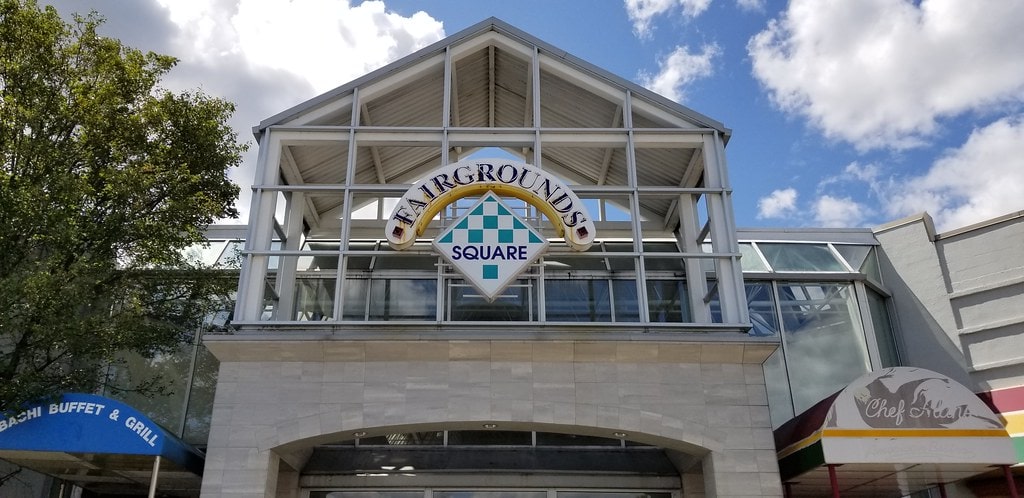
Retail on the Racetrack
Before it became a mall, the property held a different kind of crowd. The Reading Fairgrounds Speedway once sat on this land in Muhlenberg Township, drawing fans for decades until retail plans edged it out.
By the time Boscov's opened its freestanding location here in August 1965, the site had already begun a slow shift from racetrack to retail zone. The mall followed fifteen years later.
Interstate Properties led the project. F&S Construction handled the build, along with union labor from across the region.
Workers poured the slab, installed the glass, and readied the frame that shaped what would become the largest indoor shopping space in the area.
October 1980 marked the official opening of Fairgrounds Square Mall. Boscov's and JCPenney were the anchor tenants.
The mall layout was simple, even ordinary: a long corridor, a few wings, and department stores on the ends. That ordinary design, though, gave it an easy flow that helped traffic and attracted leases. It filled quickly.
Leasing Volume and Anchor Shifts
By 1988, developers moved ahead with an expansion that introduced more square footage and brought Phar-Mor into the mix.
Known for large-format retail and deep discount pricing, Phar-Mor helped stretch the mall's draw across a broader customer base.
Additional inline stores filled out the new space and briefly raised the tenant count.
In 1996, the property went through a renovation that added Montgomery Ward as a third anchor. That construction expanded the mall's footprint and gave it one more entrance point.
The setup matched the department store's other late-1990s builds, with wide corridors and clearly segmented merchandise sections under drop ceilings.
The cycle of retail churn began almost immediately after. Montgomery Ward closed its store in 1999.
JCPenney switched its location to an outlet format that same year. Jason's Furniture Outlet then opened in the former Ward space but only lasted a few years.
The quick turnover reflected shifting leasing patterns that reshaped how much of the mall could function as stable retail.
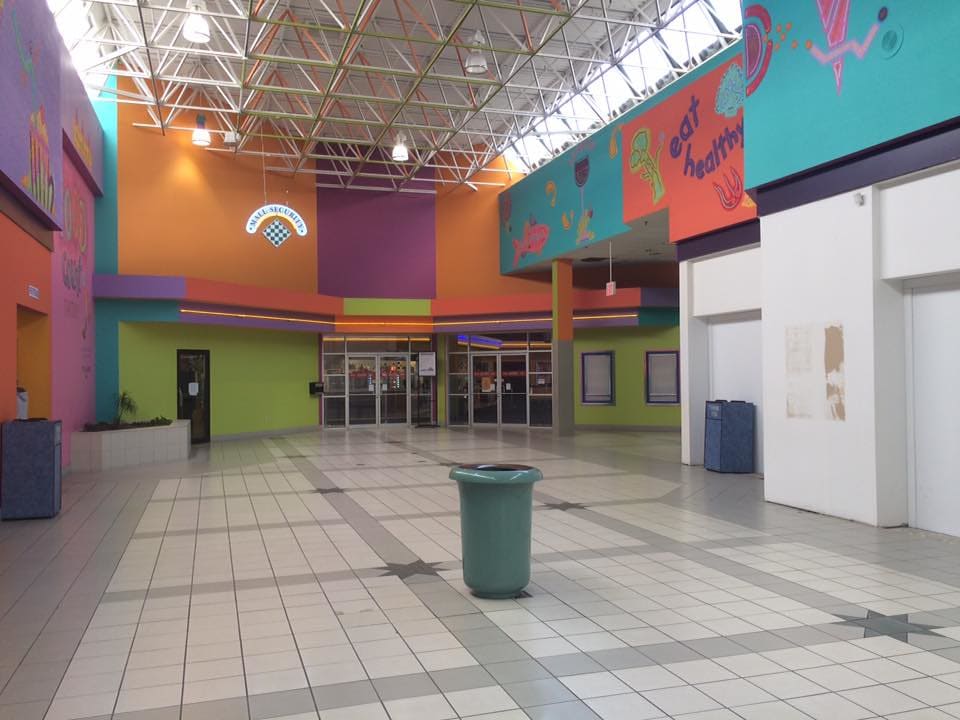
Ownership Changes and Retail Decline
National Wholesale Liquidators took over the former Jason's Furniture space in 2003. By 2005, Burlington Coat Factory replaced them, bringing a larger, more nationally recognized name into the anchor lineup.
Around the same time, Super Shoes and Planet Fitness began operating in what had previously been Jason's, further subdividing the footprint.
These moves stretched tenant viability but didn't reverse the mall's broader trend. JCPenney Outlet, which had hung on longer than most expected, was shut down in 2011 as part of a corporate-wide elimination.
That same year, SB Capital Group bought the outlet division and rebranded it as JC's 5 Star Outlet.
The ownership itself couldn't keep pace. GP-Fairgrounds Square LP defaulted on its mortgage, and on March 7, 2013, BNY Mellon acquired the mall through a U.S. Marshals auction for $13.6 million.
JC's 5 Star Outlet closed in November of that year. By late 2014, Limerick Furniture had taken over the vacated space, relocating from St. Lawrence.
The furniture store didn't boost traffic, but it did extend tenancy in a space otherwise fading from circulation.
Traffic Loss and Interior Shutdown
In early February 2018, Limerick Furniture confirmed it would close its Fairgrounds Square Mall location. That announcement didn't catch regulars off guard.
Declining foot traffic and rising online competition were already cutting into the store's in-person sales.
Limerick sealed its interior entrance a few days before the broader mall closure. Its full exit followed soon after.
At that point, the space left behind was already thin. The mall had 12 tenants in March 2018, down from a peak of 75.
Quiet corridors, shuttered gates, and blank storefronts stretched between the few remaining retailers. There wasn't a final farewell or sendoff.
On April 30, 2018, Hull Property Group locked the doors to the interior sections.
From that day on, any stores still doing business worked from their exterior entrances. Boscov's, AMC Classic, Planet Fitness, Super Shoes, Quest Diagnostics, and Baja Beach Tanning Club kept operating without needing access to the main mall.
The building itself was no longer functioning as a connected space. It became a patchwork of holdovers. What remained was more logistics than retail.
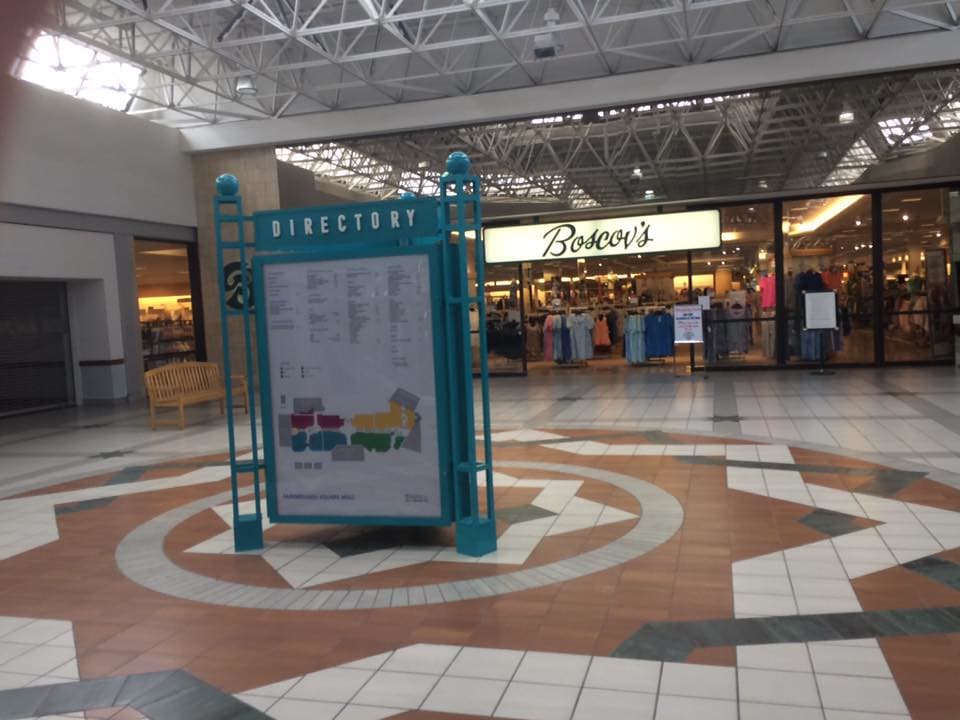
Development Pressure and Tax Incentive Clash
After the interior closed, Hull Property Group shifted focus toward repurposing the property. Their proposal aimed to tear down most of the old structure and replace it with open green space, some new retail buildings, and a mix of residential units.
They mentioned townhomes, a hotel, and possibly a restaurant. But none of it moved forward.
The catch was a financial one. For Hull, the project hinged on a tax incentive from Muhlenberg Township.
That support would have made it easier to demolish, rebuild, and recruit new tenants. In May 2019, township officials turned the request down. The stated reason was vagueness.
They felt Hull's plan lacked specific terms.
Without the backing, Hull dropped the plan. They announced they would maintain the structure instead of rebuilding it. Public communication was minimal.
Most details came from township meeting summaries and local coverage. What had looked like a post-retail restart stalled before anything broke ground.
By the summer of 2019, the mall sat in limbo. Businesses along the perimeter continued operating, but the central property stayed locked, fenced, and frozen in place.
No banners went up. No construction crews arrived. Nothing changed for months. That version of Fairgrounds Square Mall stayed quiet until another update came.
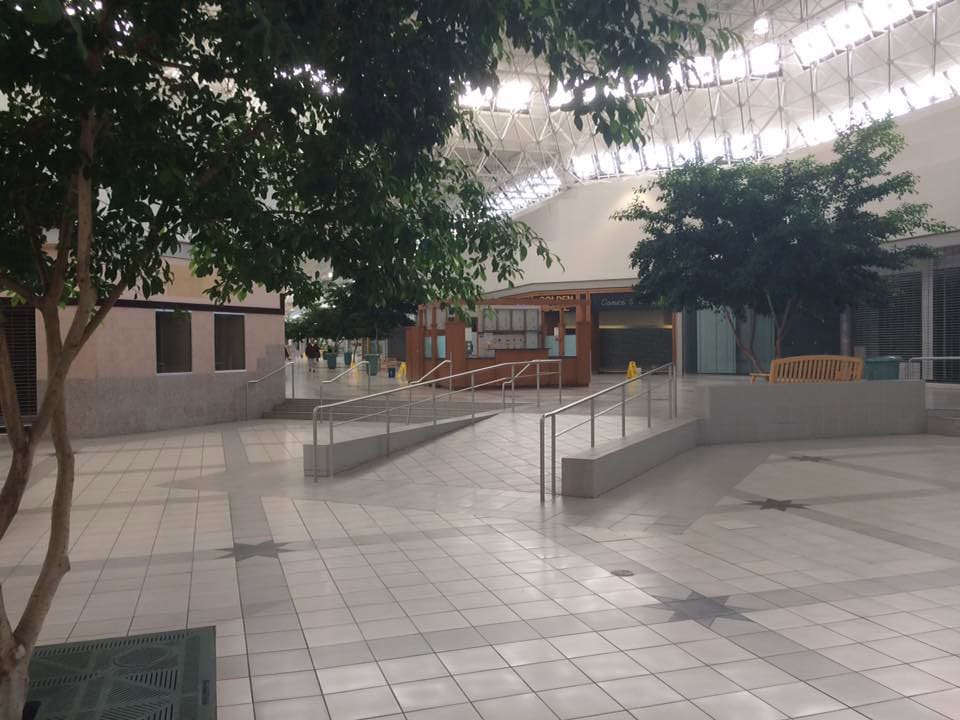
Teardown and Relocation Plans
On June 13, 2019, Hull Property Group made a new move. They announced plans to apply for a permit to demolish 80 percent of Fairgrounds Square Mall.
Unlike the earlier proposal tied to a township incentive, this one didn't hinge on external financial support.
Instead, the focus shifted to removing most of the structure while keeping some tenants in place. Boscov's, Burlington, Planet Fitness, Super Shoes, and AMC Classic were to remain open during and after the partial teardown.
Demolition started in March 2020. The process moved into sections. Center court, interior walkways, and connecting wings were razed over the following months.
Work crews operated behind temporary fencing while trucks hauled out debris. The mall's shell disappeared, but the surrounding structures kept their doors open.
By the end of 2022, Burlington wrapped up its time inside the former mall. The store moved across 5th Street Highway into the old OfficeMax building, ending years tied to the original Fairgrounds Square Mall layout. The shift wasn't gradual; it was final.
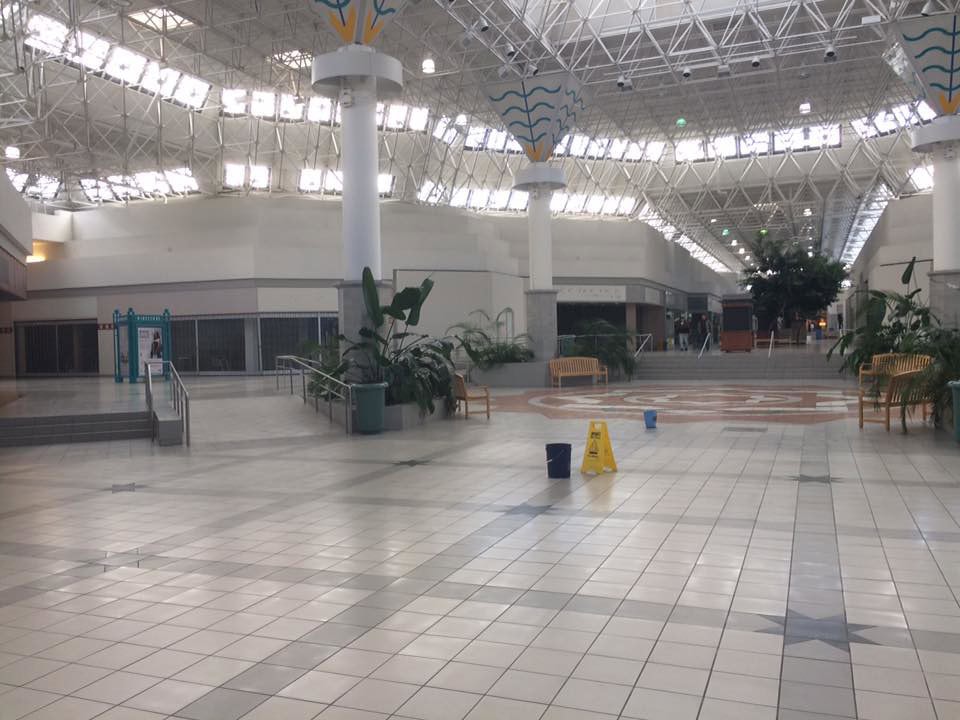
Retail Holdouts and Local Memory
In 2025, the only buildings still active on the property are the ones that stood apart from the original interior. Boscov's still runs full operations. AMC Classic still screens films.
Planet Fitness continues drawing members into its gym. The Fairgrounds Farmers Market stays busy during its regular hours, relying on a mix of permanent vendors and long-time customers.
No new redevelopment plans have surfaced since demolition ended. Hull Property Group has stayed quiet. Township documents don't show new applications.
No retail pad construction has started. The space where the interior once stood remains open, undeveloped, and largely untouched. What fills the gap now is memory.
Threads on Reddit and comments on Facebook mention the mall in fragments - people remembering what store was next to what, or when they got their first CD or pretzel.
Its history is remembered through gaps in the pavement and names above doors that no longer open.
🍀

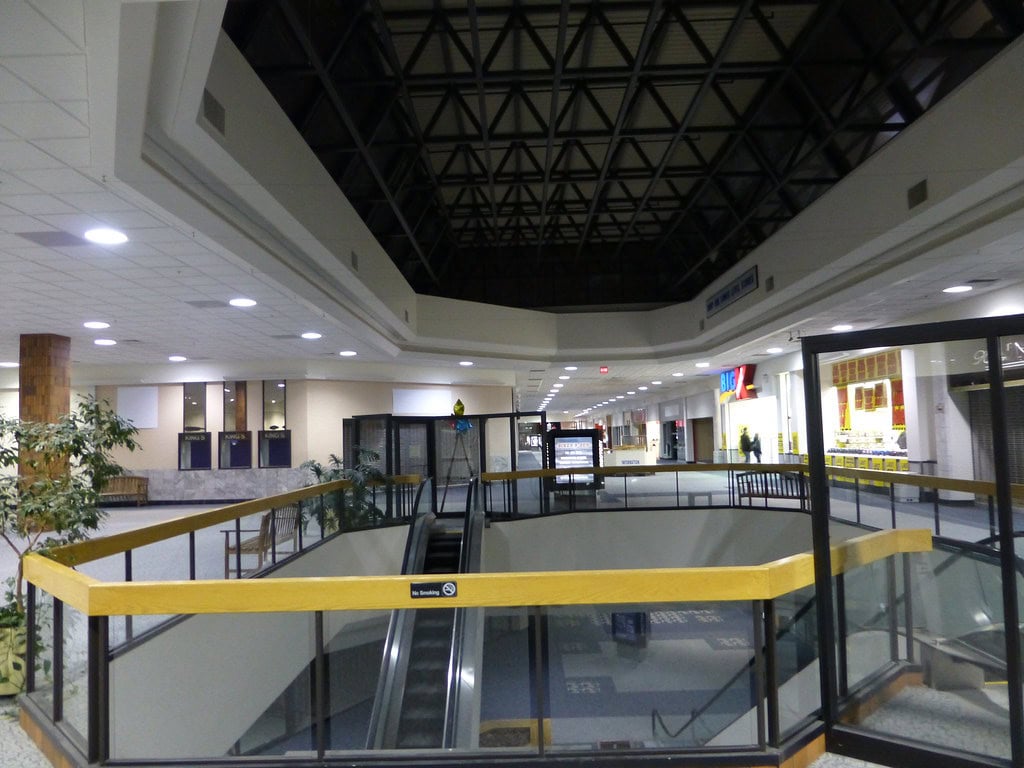
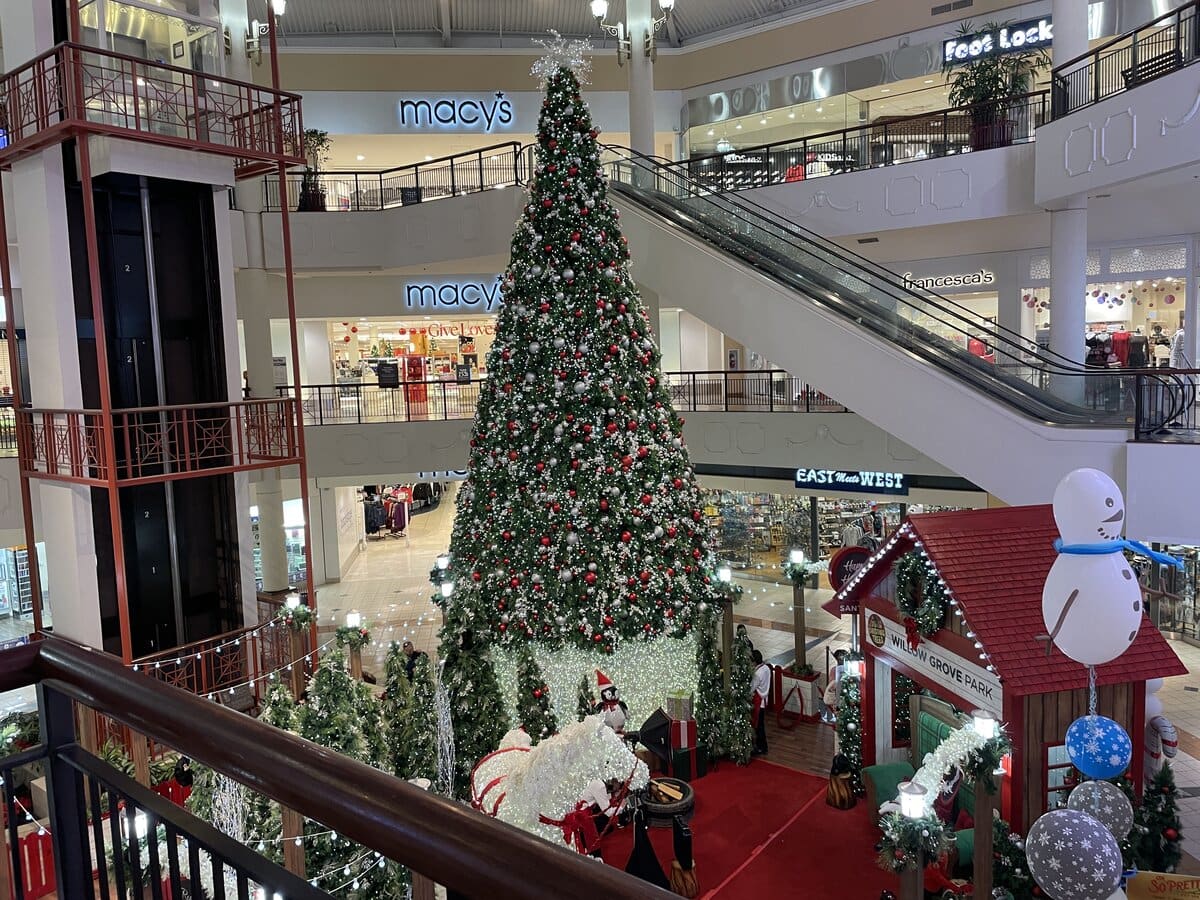
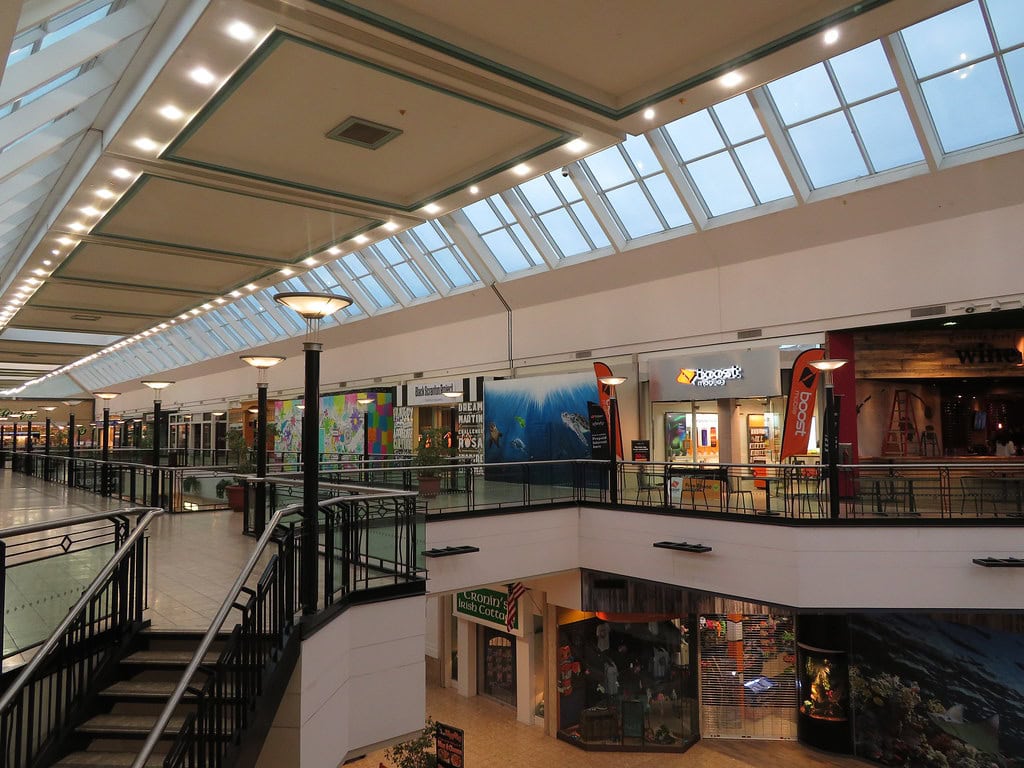
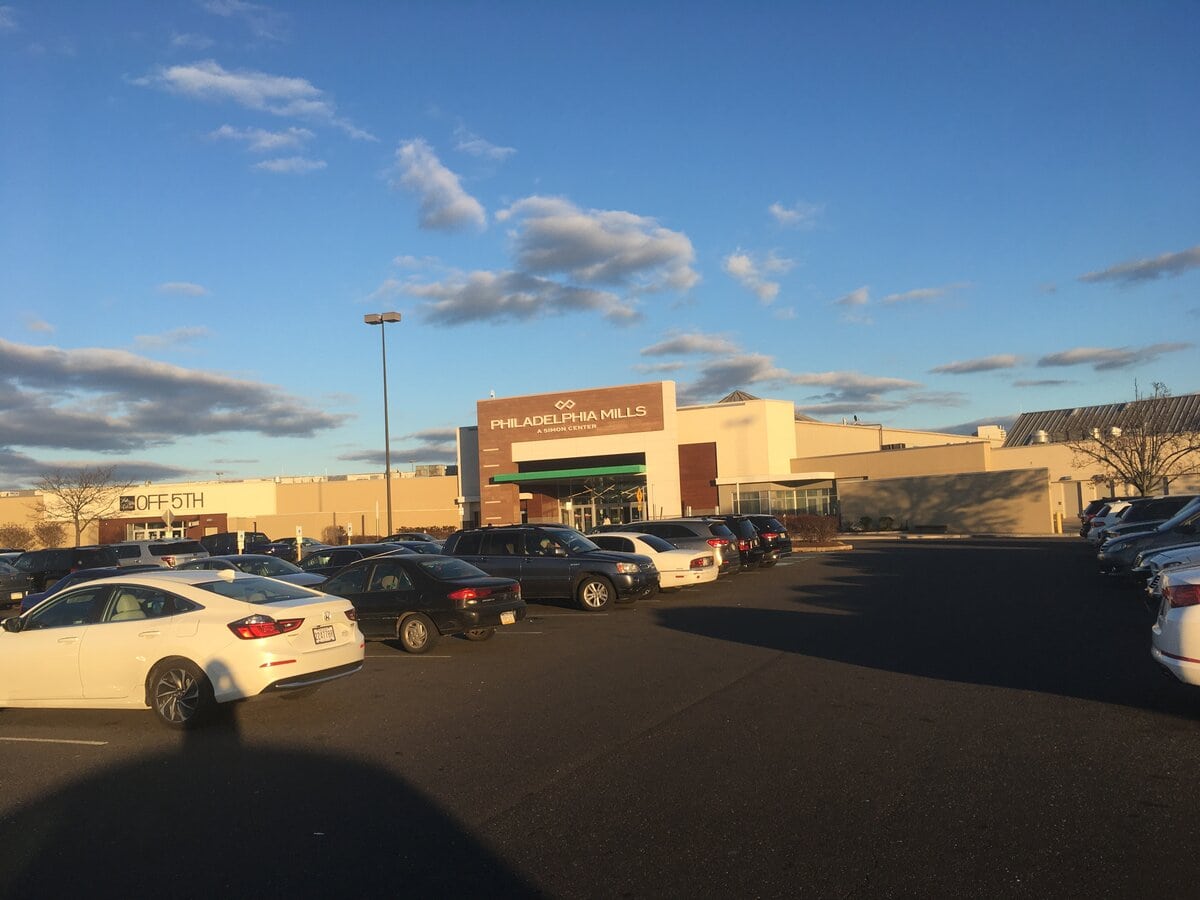
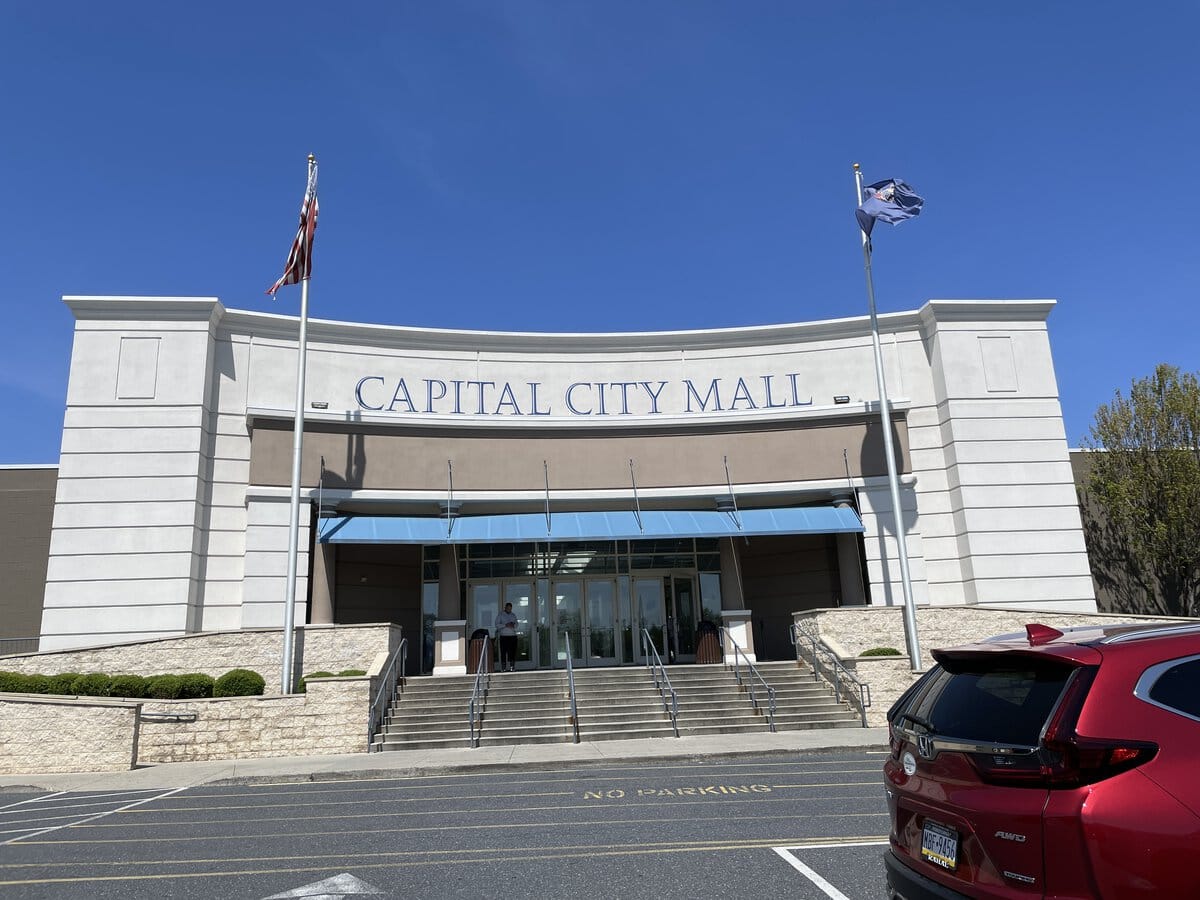
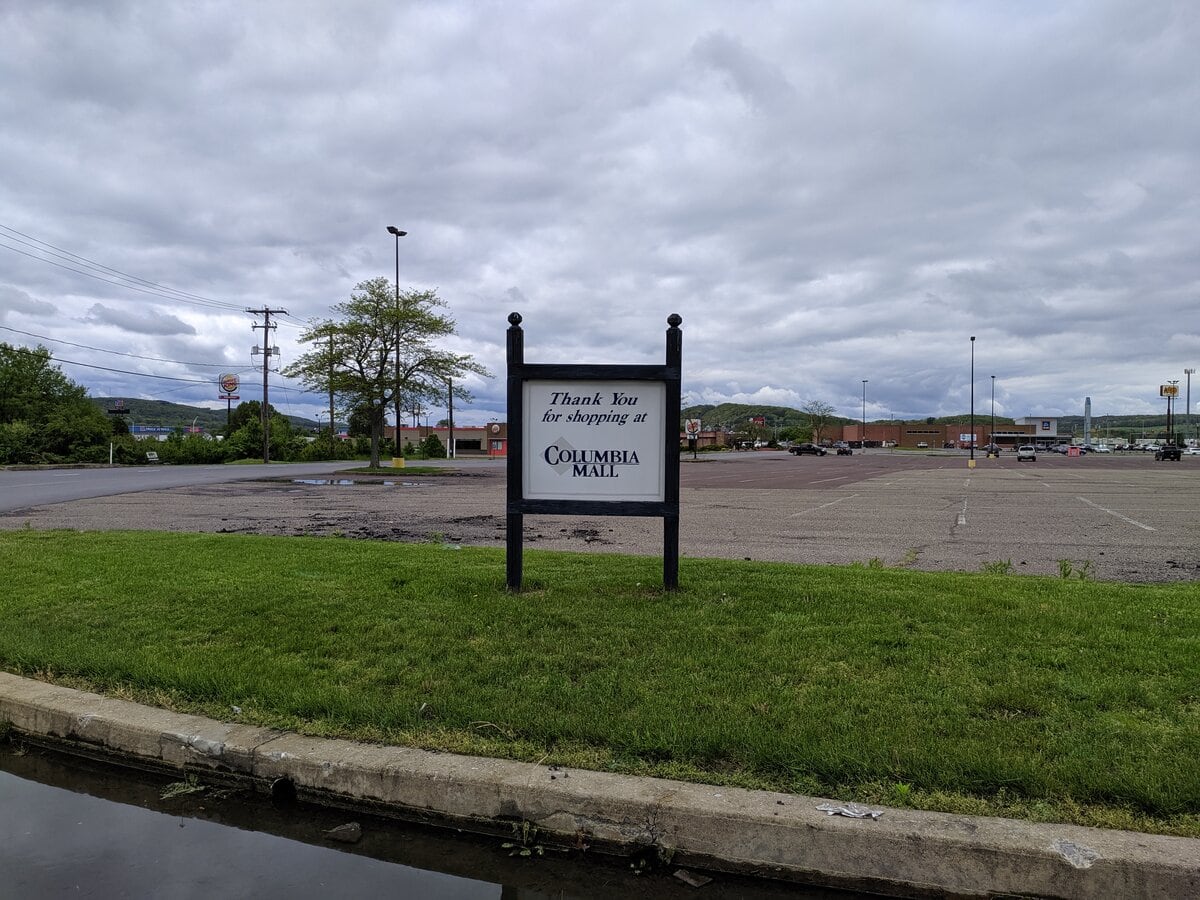

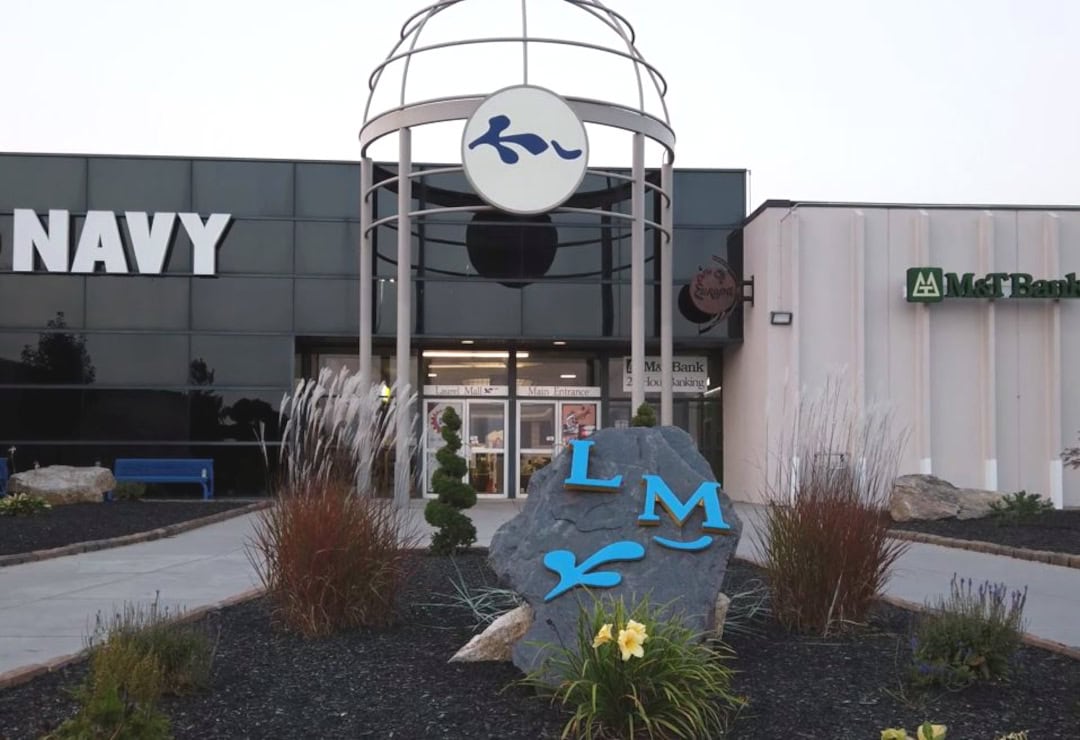
put in a discounted jeans store. need a place like was at vanity fair. a shoe store people can afford..
I agree with the need for more budget-friendly shopping choices, especially for jeans and shoes. It's a practical suggestion.
I say all the time I wish we had cool restaurants around here like FLAMMING CRAB, FISHBONE OR A CHEESECAKE FACTORY OR A CINNABON PLACE. STOP WITH THE REPEAT OF MCDONALD'S AND APPLEBEE'S. WE WANT SOMETHING DIFFERENT AND GOOD 🙏🏻WE HAVE ENOUGH COFFEE, CHINESE AND MCDONALD'S.
Sometimes, a city signals its direction through food. When the dining options flatten out, people notice. Your comment picked up on that shift in real-time.
A real shame in the loss of a Beautifully Set Up Mall; much nicer than Berkshire Mall (still narely in existence)
👉 We had Fund Raisers in the Center Court with local BELLY DANCERS used as a drawing card ~ I taught special interest classes for ladies at both this Boscov '
Location and RACC ~ so my students got to show off the dance skills they had learned and the costumes they had made with their own hands.
👉 I also recovered my ability of walking again along the mallway following an Emer6ency Surgery and 3 follow-up surgeries that saved my life but left my body a shell of what it had been 🙏 I MISS THIS MALL, THE FRUENDSHIPS MADE THERE, AND ALL ITS MEMORIES THROUGH THE YEARS
When a place carries that much personal history, its closure hits harder. You described not a retail site but a stage for recovery, teaching, and art.